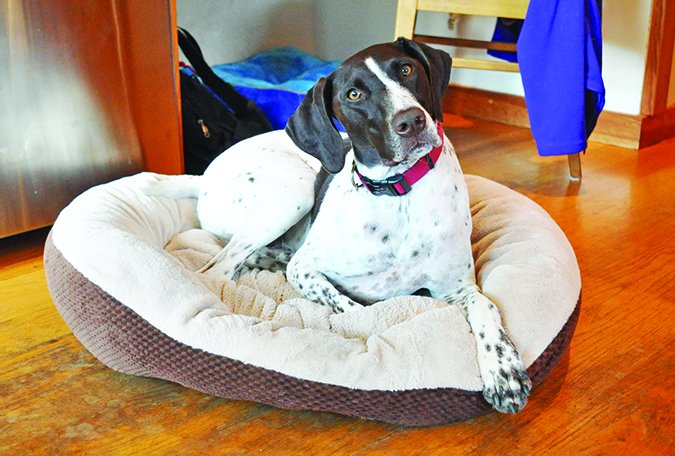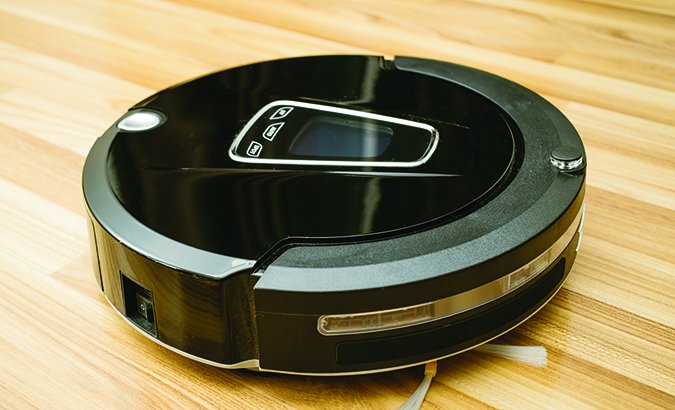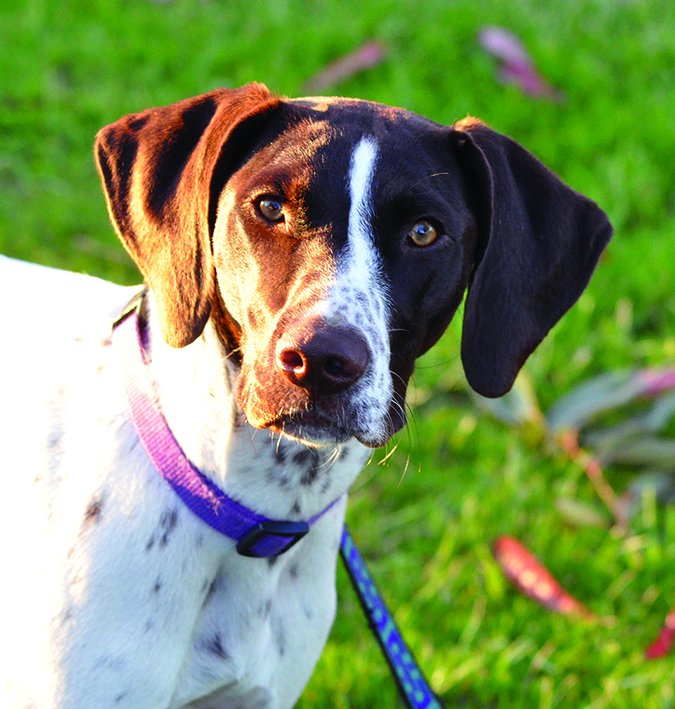Studies show owning a dog can decrease stress, lower cholesterol and blood pressure, combat feelings of loneliness, and encourage people to get more exercise. But when you’re the estimated one in 10 allergy sufferers who react to dog-related allergens, life with dogs is a mix of spectacular and sneezes.
Those of us who struggle with allergies of any type can thank our immune system for its tendency to over-react to certain perfectly harmless things in the environment. In the case of an allergic reaction to dogs, the body is reacting to harmless proteins in the dog’s urine, saliva, or dander.
Because the allergic reaction is triggered by the protein, the truly “non-allergenic” dog is a mythical creature. Breeds known for less shedding, either due to lack of an undercoat, such as Poodles, or with an overall coat texture that is less likely to freely release dead hair into the environment, such as the Bichon Frise, are often easier for people with dog allergies to tolerate. Such dogs might be referred to as “hypoallergenic,” meaning they have less allergens than the average dog.
Certain breeds are less likely to trigger symptoms in allergy-prone individuals, but people who are especially sensitive may still experience a reaction when interacting with low-shedding breeds because the reaction is caused by the protein, not the coat itself.

Dog Allergy Management Techniques
What’s a dog-loving allergy sufferer to do? We reached out to readers who choose to share their lives with dogs despite having allergies to them, and asked how they manage their allergy symptoms. Here’s what we learned:
1. Avoid carpet in favor of hard floors.
Carpet fibers can easily trap microscopic dander, especially in high-pile carpeting. If you do have carpeting, vacuum often using a machine with a high efficiency particulate air (HEPA) filter. With extreme allergies, wear a mask when vacuuming, as the cleaning process can stir up allergens that have settled in the fibers. Frequent steam cleaning is also recommended.
Anti-allergen carpet sprays and shampoos can help neutralize allergens in the environment. On hard floors, invest in a good steam cleaner and consider getting a robot vacuum to run throughout the day (or at night, whenever you are less likely to be nearby) to help keep allergens to a more manageable level.
2. Ditch the dry dusting.
For an allergy sufferer, feather dusters are the devil’s plaything! Dry dusting simply relocates dust and other allergens throughout the environment. Instead, dust with a damp cloth. Keep surface areas as uncluttered as possible (fewer nooks and crannies where allergens can settle), and if it’s really bad, don’t forget to occasionally wipe down walls. Allergens are sticky!

3. Cover the furniture.
Thankfully slipcovers have come a long way from the early plastic variety of the 1950s. Whether it’s a fitted slipcover or a spare bedsheet, covering upholstered furniture and frequently washing the covers can be a life saver for allergy sufferers, as it’s much harder to extract allergens from the upholstery itself.
4. Protect your sleeping area.
If your allergies are really severe, designate your bedroom as a “no pets” zone, even keeping the door closed to limit the amount of airborne allergens that waft their way into your sleeping area. Wash main bedding often, and consider investing in anti-allergen bedding, especially for the difficult-to-clean pieces like the mattress and box springs, and the pillows, since they’re closest to your face.
5. Invest in a quality air cleaner.
The Asthma and Allergy Foundation of America recommends running an air purifier at least four hour per day to help minimize allergy symptoms. Adding a HEPA filter to central air and heating units can also help remove allergens from the air.
6. Feed your dog high-quality food.
Feed the best diet for your dog. Diet affects a dog’s skin and coat. A poor diet can lead to dry, itchy skin.The more the dog scratches as a result, the more allergens that are released into the environment.
7. Bathe your dog as needed and brush often.
Allergists agree keeping a dog clean will help temporarily reduce the allergen load, both in terms of pet dander and other environmental allergens that might collect on the coat, but overall, the benefit is short-lived. Plus, bathing too frequently can cause dry skin, which leads to more scratching. We recommend bathing sparingly. Some readers reported success with the Nature’s Miracle Allergen Blocker line, a collection of sprays and pet wipes designed to neutralize allergens on contact. A quick look on Amazon shows numerous positive reviews for the products.

Daily brushing, done outdoors whenever possible, can also help reduce allergens by removing pet hair before it has a chance to drop in the environment.
8. Keep yourself clean.
Changing clothes after prolonged interaction with a dog, washing your hands often, and even swabbing exposed skin with witch hazel after contact can help lessen an allergic reaction.
Consider limiting your “pack” to one dog, or very small dogs. The less total canine surface area that there is in the house, the fewer allergens will be present. Someone would have to have life-threatening allergies before we’d recommend not having dogs at all. But having one short-haired dog, or one whose coat is hypoallergenic, may be tolerable to people who can’t handle living with two or more dogs.
9. Medicate as needed!
Fortunately, people who suffer from allergies have numerous over-the-counter medications to choose from, along with the option of exploring prescription medication and immunotherapy. Many readers reported a need to experiment a bit when it comes to finding the right medication regimen to best keep symptoms at bay, so if one brand of allergy medication isn’t working, consider trying something else. For some people, a more natural approach, including herbal remedies and/or accupuncture, is beneficial.
Nobody likes to turn into a wheezing, watery-eyed mess when in the company of their best friend. Fortunately, for many people, a few lifestyle changes, a penchant for cleanliness, and some natural or pharmaceutical support (as needed) means we can still enjoy life with our four-legged friends. And that’s nothing to sneeze at!
Stephanie Colman is a writer and dog trainer in Southern California.






